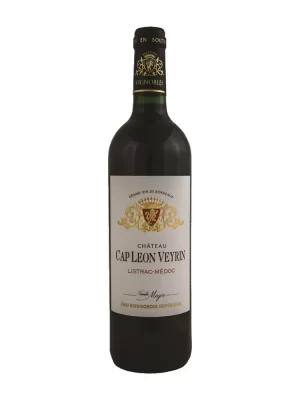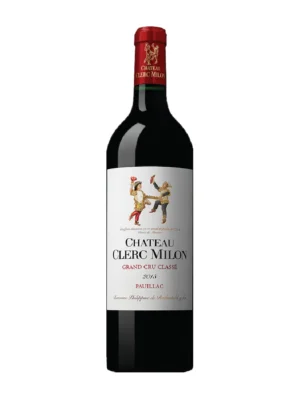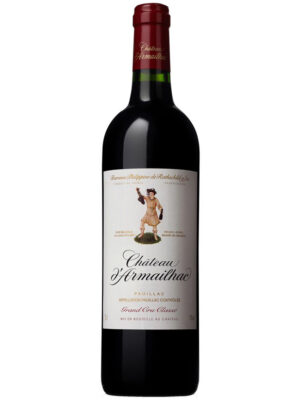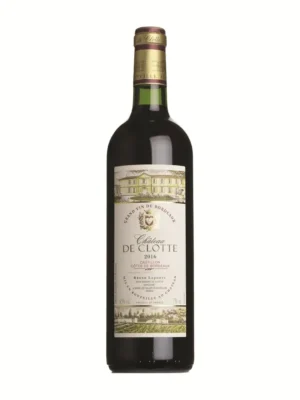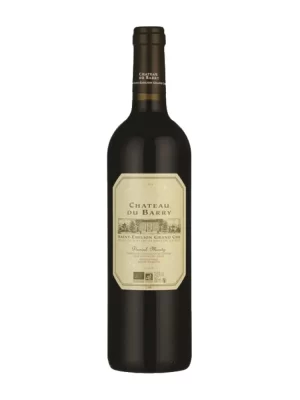Château Brane-Cantenac Margaux Grand Cru Classé AOC
Château Brane-Cantenac stands proudly in the heart of the prestigious Margaux appellation.
Renowned for its wines of remarkable elegance and finesse, this 75-hectare property is an emblem of quality and excellence in the world of fine wines.
Since Henri Lurton took over in 1992, he has made it his mission to produce the best possible wine, reinforcing Brane’s position as a second classified growth in 1855. The result is a fine wine that perfectly expresses its remarkable terroir.
Brane’s great success in this vintage is down to the terroir, which leads grapes to ripen early. The fact that 68% of Cabernet Sauvignon we included in the blend of Brane-Cantenac 2012 bears witness to its beautiful maturity, and to the excellent work that was done in the vineyard.
For more info, visit Château Brane-Cantenac website.
VARIETALS
68% Cabernet Sauvignon, 32% Merlot
VINTAGE
2012


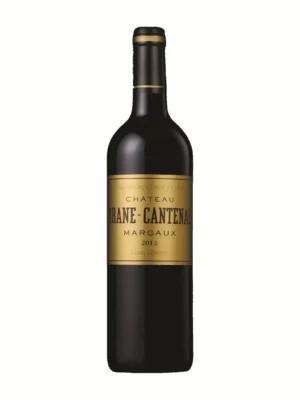
 Download Tasting Note
Download Tasting Note

